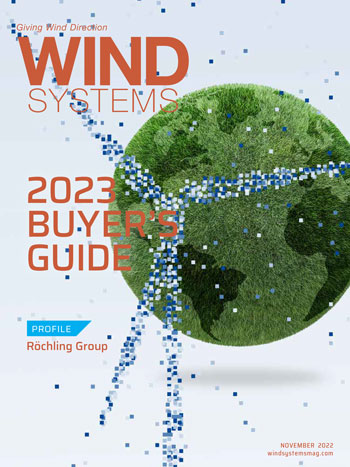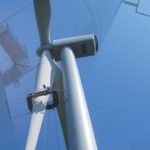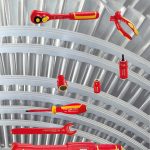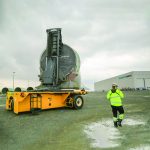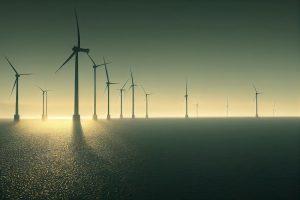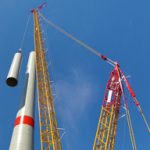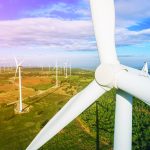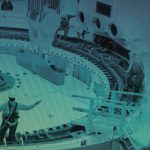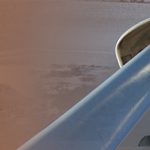When Röchling decided to focus on the development of plastics, the company found ways to use its knowledge of plastics in a variety of industries and applications, including wind.
Within Röchling’s three divisions (automotive, industrial, and medical), the industrial division focuses on thermoplastic (Polystone®) and composite material processing and fabrication for technical applications. The company also produces glass-fiber, carbon-fiber, and wood-fiber reinforced materials, Durostone® and Lignostone®. The production of those materials made the path to wind energy a logical step.
“Those materials are present in the wind industry,” said Uwe Kassens, Director Europe Composites/Global Technical Director Pultrusion for Röchling Industrial. “We provide a solution in thermoplastic and in composite materials especially for blades, nacelles, and for the electrical equipment. In wind-energy plants, we have, for instance, sliding pads made out of thermoplastics, we also offer pultrusions for the reinforcement of a blade.
Furthermore, we have a broad range of glass- and wood-fiber materials in the electrical insulation of the generator, as well as in the transformer of the wind machine. All are CNC machined — fit for installation. We have materials that are designated and made to drawing.”
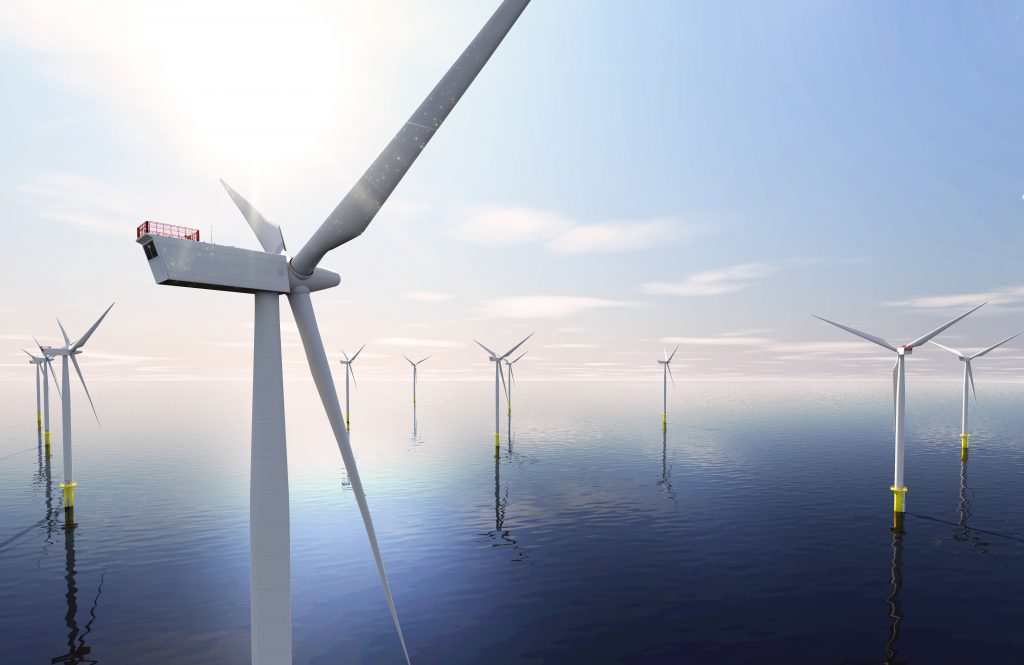 Big Power Player
Big Power Player
Röchling has been a big player in power generation and power transmission for decades, according to Kassens.
“With the political change, the climate change, and the change to differently generated electrical power, we saw this development into wind power,” he said. “Our products have been used in atomic-, as well as in coal- and gas-power generation for years; 20 years ago, the question came up, ‘Do we have opportunities as well in the wind-power generation of energy?’”
As Röchling explored how to best serve wind energy, Kassens said it began working with a company that produces onshore wind turbines without a gearbox, but instead uses a direct-drive generator.
“This generator had a special design that required a lot of insulating components,” he said. “That was the beginning of our activities, getting away from the traditional power business into wind energy where we, at the end of the day, do the same. We insulate electrical loads and currents.”
“Next to composites, we produce a wide range of thermoplastic materials,” Kassens said. “If you look at the material pyramid of thermoplastics, we are able to offer the full range of products from the industrial and engineering plastics like PVC, polyethylene, and polypropylene right up to the top of the material pyramid to high-performance plastics like PVDF and Peek.”

Röchling caters to a continually growing wind industry by offering a broad portfolio of experienced people, along with material expertise, know-how, and processes, and a broad range of equipment for laboratory and R&D, according to Kassens.
“Our philosophy is that we try to provide solutions to the customers, so we work on specifications and solutions where we reach outstanding performance,” he said. “Our experienced employees are a very important asset for us; we have colleagues who have worked here 30 or 40 years, some even more — this represents our expertise in materials and processes.”
“For instance, our products do not corrode; they are corrosion resistant,” Kassens said. “With our electrical insulating materials, we are much lighter in density than, for example, aluminum or steel. We try to provide solutions to improve an application, knowing that this creates a value for the customer.”

Bigger Parts, Bigger Demand
As wind turbines and their components continue to get larger and larger, Kassens sees Röchling’s services to be in even more demand.
“We have seen developments in the wind industry, for instance, that the blades have grown in length and in performance,” he said. “If you look at the early days how the generation has been, and if you look at the generation of up to 5- or 6-MW machines today. This is something that drives even higher expectations in material and in performance of solutions. For example, the creation of serrations — there is a special zig-zag shape or serrations toward the end of a blade to reduce noise or to improve the performance. We provide this type of serrations in different forms to some OEMs.”
Another component for wind developed by Röchling are spar caps, according to Kassens.
“Glass or carbon-fiber spar caps are used today to strengthen blades,” he said. “Where you used to have 40- or 50-meter blades, today they go up to even 80 meters or more. To create this stiffness, which is not possible with traditional materials, our Pulcaps® are used. Sometimes, you have higher temperatures in electrical insulation or in the equipment at the nacelle. At temperature class H or even better, we have developed composites that can withstand 180°C or even up to 250°C.”

Working with Customers
With the development of wind technology, Kassens said it’s important to be fully prepared when working with new, as well as existing, customers.
“We try to bring our R&D department into the race and try to show the competence in our product portfolio and in our processes so that the customer understands our capabilities,” he said. “We try to connect our customers with these people. Sometimes if we are not able to provide solutions, or if the challenge is too difficult, we even cooperate with universities or with institutes. Therefore, we try to find a solution for specifications, and we try to convince the customer that our team has expertise enough to find a solution, or that we have enough expertise to say this is not possible with our materials.”
Centuries of Experience
Röchling as a group and privately-owned company has been around for more than 200 years where it started out trading coal and processing steel. But it wasn’t until 2006 when the company decided to concentrate only on plastics.
“This transition period was difficult,” he said. “And that was a really brave decision, I believe, and it has shown extremely positive results in the last couple of years.”
Collectively, the automotive, industrial, and medical divisions of Röchling generated roughly 2.2 billion euros in 2021 across 91 companies in 25 countries worldwide, according to Kassens.
As Röchling continues to make strides within the wind-energy industry, Kassens said he believes the need for renewable energy will only continue to grow, once some challenges OEMs are dealing with are resolved.
“If all this goes into the right direction, I’m convinced that wind power will have a very good future,” he said. “It might take one or one-and-a-half years to get the wind-power OEMs and the wind-power industry out of this situation created with very low compensation for the wind farmers. If this changes, and I believe this will change, I’m convinced that this will create a good environment for wind power and for renewable energy.”
More info www.roechling.com/us



















